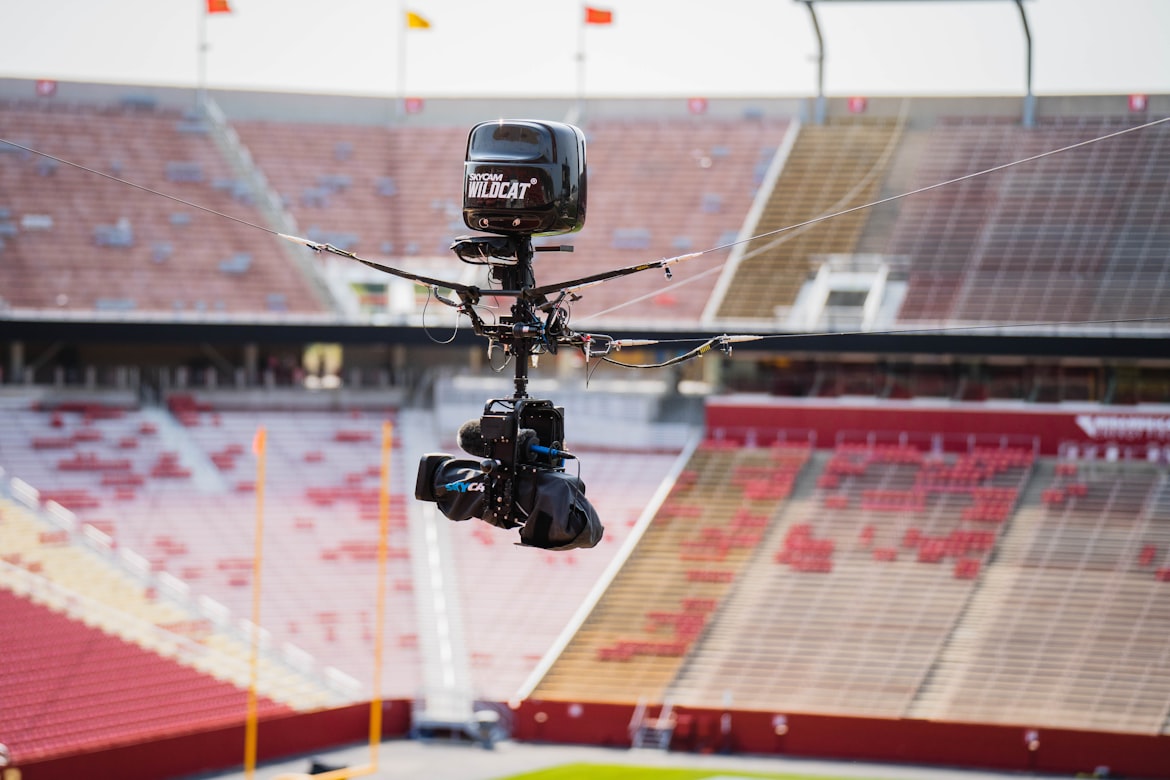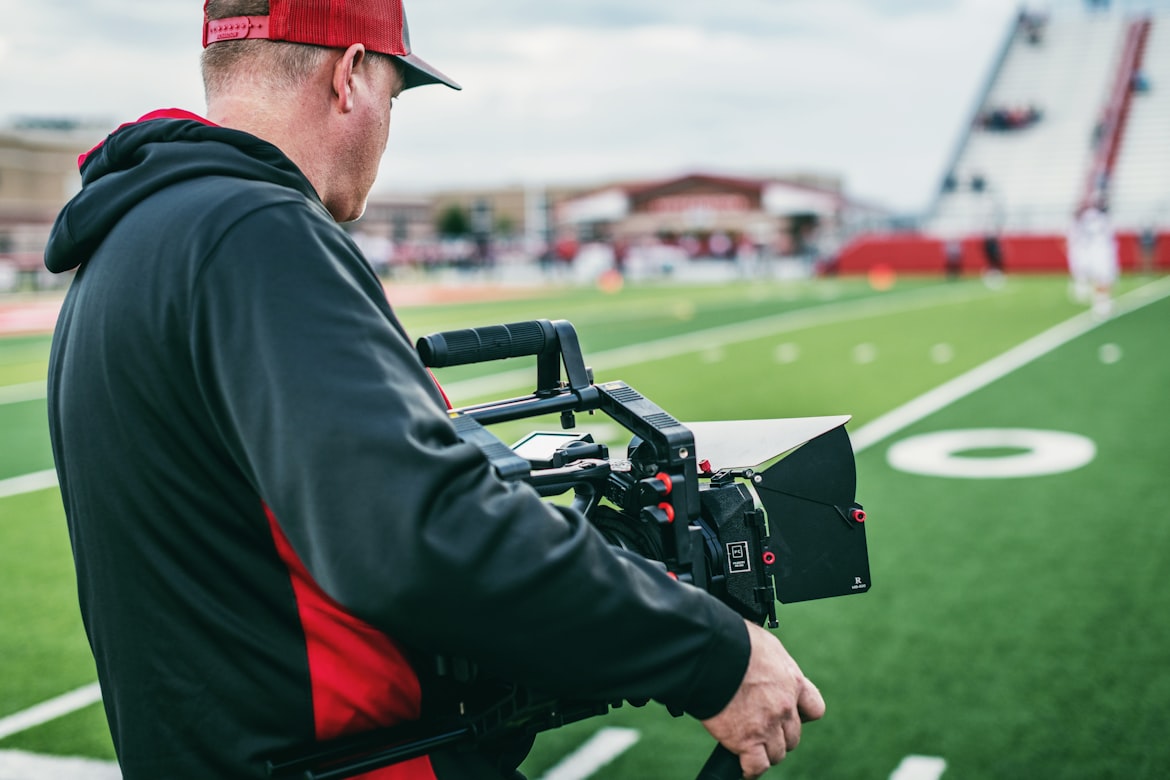The Innovative Ways Technology is Being Used to Improve Sport

Photo
The modern experience offered by professional sports is very different to what was on offer just a couple of generations ago. There are now many more ways to watch games, with live linear television losing its monopoly in recent years. On top of that, fans that enjoy placing bets on games no longer have to visit a physical betting shop to do so. Instead, they just need to pick up a smartphone and they can be making a wager in just a few taps. This experience is made even better by the fact that comparison sites like oddschecker make it just as easy for bettors to find all the best promotions to get free bets.
In both cases, these enhancements in the fan experience have been the result of technological advancements.
But they are, by no means, the only examples of where technology is being used to innovate and augment the way that professional sports are run and how fans get to interact with them. Here are some of the other most common examples.
Boosting Performance
Another key way that technology is leaving an impression on sports is by enhancing athletic performance.
Most of us are familiar with wearable technologies like fitness monitors and GPS trackers, as brands like Fitbit have helped to popularise them among the public as a way to take control of your own health.
But specialist devices like this are also being used by athletes to monitor their training and track progress. By wearing them during workouts and training, as well as at night, they provide valuable data on an athlete's performance, including heart rate, sleep patterns, and distance covered during sessions.
This information can help athletes and coaches identify areas for improvement and optimise training programs.
It’s not just tiny body-worn devices either, other pieces of tech are also being deployed by sports teams. For example, video analysis from high-speed cameras allows coaches to analyse game footage and identify patterns and trends in play.
For fans, better-performing athletes mean they get to enjoy a more exciting spectacle that involves finely-tuned machines operating at the limits of human endurance.
Preventing Injuries
Many sports, particularly contact sports like football, rugby, and boxing, carry a very high risk of injury due to the physical nature of the game. In recent years, much has been learnt about the damage that regularly playing these sports can do to a brain.
On top of that, injuries to bones, muscles, and tendons can shorten the careers of athletes or force them to sit out for considerable periods of time.
Sensors are being used in training equipment to monitor the forces on an athlete's body and identify areas of risk for injury. This information can help coaches and trainers design training programmes that minimise the risk of injury and help athletes stay in top condition.
They’re also being used to alert medical teams to issues, such as when a player receives a blow to the head that is above a predetermined threshold.
For example, in Formula 1, body-worn G-force sensors are used to alert the sport’s own medical team if a driver has endured particularly high impact forces so that they can send them for precautionary checks.
By limiting injuries, fans get to see their favourite athletes compete more often and for longer, enhancing the experience.

Photo
Refereeing and Officiating
In the last few years, more and more sports have been implementing technologies that allow referees to make more informed decisions.
There are countless examples in the past of poor decisions based on obscured views and other factors that have changed the outcomes of major tournaments, and this technology is intended to prevent that.
Notable examples include the Hawkeye system that is deployed in both tennis and cricket to more accurately call whether a ball was in or out of bounds, as well as VAR which is used in football to review uncertain goals and potential fouls.
While this does help prevent upset among fans whose team has had an unfair decision made against them, but some criticise it for interrupting the flow and tempo of games.
For the most part, however, the technology does help to improve the overall fan experience.